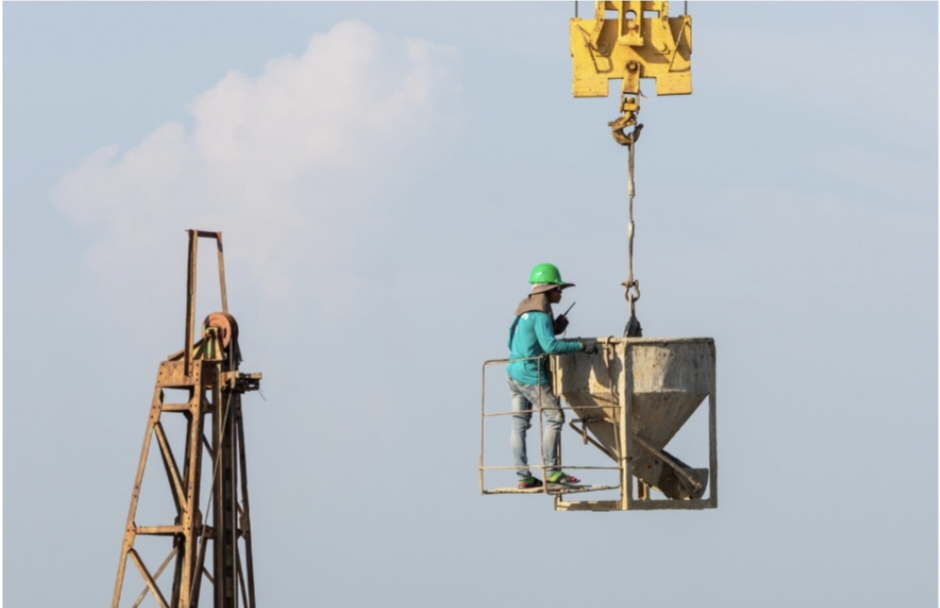Telecommunications towers play a crucial role in modern communication networks. As demand for wireless data continues to grow, these towers enable seamless connectivity across vast areas. To understand the impact and significance of a Telecommunications Tower, it is essential to explore their development and future potential.
Importance of Telecommunications Towers
At the core of mobile network infrastructure, telecommunications towers ensure the efficient transmission of data between mobile devices and central networks. By hosting antennas and receivers, these towers facilitate a range of services from voice calls to high-speed internet access, vital for both personal and professional use.
Evolution of Telecommunications Infrastructure
The development of telecommunications towers has evolved significantly since the inception of wireless communication. Early installations were primarily for radio transmission, but technological advancements have transformed these structures into complex hubs for digital communication. This evolution caters to the increasing demand for bandwidth and wireless connectivity.
The Role of 5G Technology
The introduction of 5G technology marks a new era for telecommunications towers. With enhanced speed and reduced latency, 5G networks require a denser infrastructure of small cells and traditional towers. This technology promises faster data rates and reliable connectivity, supporting innovations such as the Internet of Things (IoT) and autonomous vehicles.
Design and Construction of Modern Towers
Designing telecommunications towers involves considering various factors, including geographical location, structure type, and material selection. Modern towers are engineered to be durable, withstand environmental challenges, and support multiple providers’ equipment, making them integral to both urban and rural areas.
Impact on Urban Planning
As cities expand, telecommunications towers become critical components of urban infrastructure. Planners must balance aesthetics with functionality, ensuring towers blend into cityscapes without compromising service quality. Innovative designs aim to integrate towers into buildings and other structures, reducing visual pollution while maintaining efficiency.
Regulations and Safety Standards
Telecommunication towers must comply with stringent regulations and safety standards to ensure public safety and operational reliability. These include guidelines for structural stability, electromagnetic emission limits, and regular maintenance checks. Compliance with these standards is crucial for gaining public trust and avoiding legal complications.
Environmental Considerations
Telecommunications towers can have an environmental impact, especially in sensitive areas. Sustainable practices, such as using renewable energy sources and eco-friendly materials, are increasingly adopted to minimise their ecological footprint. Additionally, strategic placement of towers helps reduce habitat disruption and landscape alteration.
Future Challenges and Opportunities
The telecommunications industry faces challenges such as signal interference, physical obstruction, and resistance from communities regarding tower placement. However, advancements in technology and innovative solutions offer opportunities to enhance connectivity, such as using satellite connections and exploring alternative tower designs.
Global Connectivity through Towers
Telecommunications towers play a vital role in extending network coverage to remote and underserved areas. Global initiatives aim to bridge the digital divide, ensuring that even the most isolated communities have access to reliable communication services, which are crucial for economic development and social inclusion.
Role in Disaster Management
In times of emergencies, telecommunications towers become lifesaving assets. They support disaster management efforts by enabling communication with first responders and affected populations. Building resilient networks is essential for maintaining service continuity during natural disasters and other crisis situations.
Investment in Telecommunications Infrastructure
Significant investment is necessary to expand and maintain telecommunications infrastructure. Governments and private enterprises collaborate to fund tower construction and upgrade existing facilities, driven by the increasing demand for connectivity and the need to support new technologies.
The Rise of Smart Towers
Smart towers incorporate advanced technologies, such as sensors and automation, to optimise maintenance and operation. These towers can monitor their condition, predict failures, and adjust their parameters dynamically, offering improved service quality and reduced operational costs.
Security and Privacy Concerns
The data transmitted via telecommunications towers is vulnerable to breaches, necessitating robust security measures. Encryption, firewalls, and cybersecurity protocols are crucial to protect sensitive information from unauthorised access and cyber threats associated with wireless communication.
Integration with Future Technologies
Telecommunications towers are set to integrate with future technologies, such as augmented reality (AR) and virtual reality (VR), enhancing user experiences. Continuous innovation is essential to support these advancements, requiring adaptive infrastructure capable of meeting future demands.
Conclusion
Telecommunications towers are indispensable for achieving comprehensive global connectivity. As technology progresses and demand for data increases, these structures must adapt to continue supporting the communication needs of tomorrow. Addressing challenges through innovation and sustainable practices will ensure these towers remain a cornerstone of modern telecommunications.





